'A great celebration': Athletics host Las Vegas ballpark groundbreaking ceremony
Published in Baseball
LAS VEGAS — The Athletics staked their claim on Las Vegas on Monday, celebrating the groundbreaking of their $1.75 billion Strip ballpark.
Work on the nine acres of the 35-acre site where the 33,000-fan capacity ballpark will rise kicked off in late April, so the event was more of a celebration of over four years of work to get to the point of construction commencing on the project.
“These things take so long to actually make happen,” A’s owner John Fisher said. “I think today was a great celebration of all the people it takes just to bring (us) just to this spot. Then the next celebration is going to be Opening Day, when we can celebrate the thousands of workers who are putting all of their time and effort and everything behind actually building the stadium itself.”
The early morning event, held on the site of the former Tropicana hotel on the southeast corner of Las Vegas Boulevard and Tropicana Avenue, featured dignitaries including A’s ownership and executives, MLB Commissioner Rob Manfred, Gov. Joe Lombardo, Clark County commissioners, legislators, members of the Las Vegas Stadium and Las Vegas Convention and Visitors authorities, and representatives from Bally’s Corp.
With Las Vegas already proving itself to be a great professional sports town, adding the MLB into the mix is an exciting aspect for the league and for a team that has a storied history, including winning nine World Series titles, Manfred said.
“All of us at Major League Baseball, all the owners, are excited to be adding Major League Baseball to the entertainment alternatives that are available here in Southern Nevada,” Manfred said. “The Athletics have a long and proud history … I think about today as the beginning of new chapter in that great history.”
Attracting the A’s to Las Vegas is set to further the economic success professional sports already have had in the city, Lombardo said.
“This is an economic driver for the state,” Lombardo told the Las Vegas Review-Journal. “You’re always trying to reinvent yourself to be the new best thing in entertainment; can you think of anything better than Major League Baseball?”
Fisher noted that working with elected officials in the state and Southern Nevada during the stadium process has been easier than working with officials in the Bay Area when the team previously tried to get a new stadium project done in Northern California.
“They‘re used to big projects here in Nevada. You look at the Strip and it’s filled with massive buildings. They just got through opening the Sphere, which is a monumental piece of design and infrastructure,” Fisher said. “So, just the process was easier because they’ve gone through a lot more (major projects).”
Crews won’t waste any time on moving to the next step. Once the tent where the ceremony took place is removed from the site, crews will begin early foundation work Monday night, according to A’s President Marc Badain.
How the A’s got here
In May 2021, the A’s announced that the MLB had given them the green light to explore relocation after years of trying to get a new ballpark in the Bay Area fizzled and that they intended to look into the Las Vegas market.
The A’s looked at more than a dozen sites around the Las Vegas Valley over a couple of years, eventually leading them to the Tropicana site, announced in May 2023.
In June 2023, during a special session of the Legislature, up to $380 million on public funding was approved for the project. Then, in November 2023 MLB owners unanimously approved of the A’s plans to relocate to Las Vegas.
The A’s $1.75 billion ballpark will be paid for with a mix of public and private funding and debt. The Fisher family is responsible for $1.4 billion of the project’s cost.
A portion of that will be paid for by taking on a $300 million construction loan from U.S. Bank and Goldman Sachs. The remaining $1.1 billion would be paid for by Fisher family equity.
An active process is underway to raise over $500 million by bringing in investors to the project, for a minority stake in the team in return. Any funding raised via that process would lower the Fisher family’s equity contribution to the construction of their Las Vegas ballpark.
“We’ve got a number of people who have committed so far and we’re continuing to raise capital, but like I said this will probably help, because people all want to see is this real,” Fisher said. “I think when you’ve got machines behind us, you’ve got a site that has the hotel down and replaced by the holes we have (dug around the site) … So, as the structure comes up, I think people are going to be able to look at it and say, ‘Wow.’ So, I think we’re in a really good place.”
The final portion of the stadium’s funding will come from the team using $350 million of the $380 million earmarked for the project, in 2023 by Senate Bill 1.
Fisher is also looking to sell his Major League Soccer franchise, the San Jose Earthquakes, that he’s owned since 2008, but he said that move is more geared toward allowing him to fully focus on Las Vegas, while allowing a new ownership group to give the Earthquakes the full attention they deserve.
“This is such a monumental task that we’re building with our stadium here, that it was important to me — I bought a house in Vegas — I’m planning on spending a lot of time here, and it was important to me that I’d be able to give 100 percent of my effort toward the A’s,” Fisher said.
Stadium details
The 945,000-square-foot, eight-level facility will feature 30,000 fixed seats and areas to host 3,000 standing room ticket holders. Looking to adhere to the luxury experience many expect when attending games and events in Las Vegas, the A’s plan for 81 suites, including field level options, and six club spaces in the stadium.
Plans call for 23 public concession stands, 18 public bars and six retail spaces in the ballpark.
Work on the stadium, led by joint venture contractor Mortenson-McCarthy, is expected to take 32 months, to have the A’s new home ready for Opening Day in 2028.
When that day occurs in three years, Las Vegas Stadium Authority Chairman Steve Hill said he believes it will continue the legacy of the site that once was home to the Rat Pack-era Tropicana.
“This has been a place that has welcomed dreamers and entrepreneurs and made people stars,” Hill said. “We are going to do that again on this site. This is an iconic location. This is going to be an epic ballpark, and there is going to be no better place in the United States to watch Major League Baseball.”
____
©2025 Las Vegas Review-Journal. Visit reviewjournal.com.. Distributed by Tribune Content Agency, LLC.
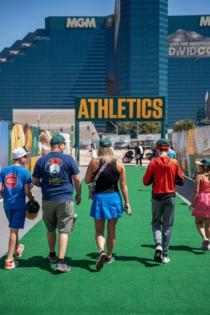
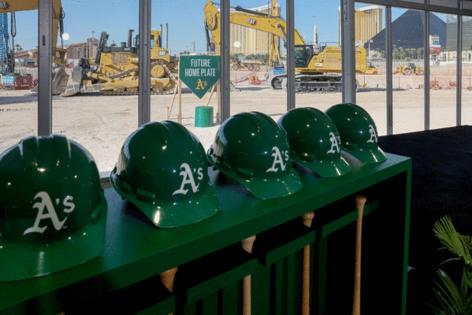
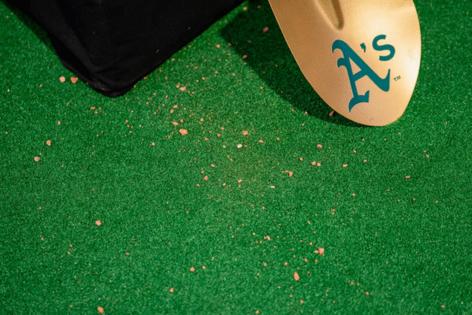

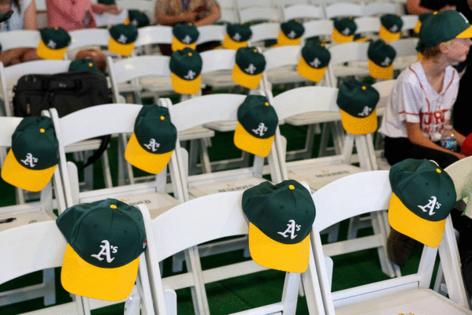









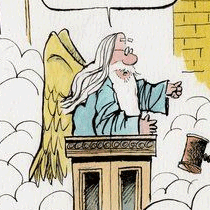

Comments